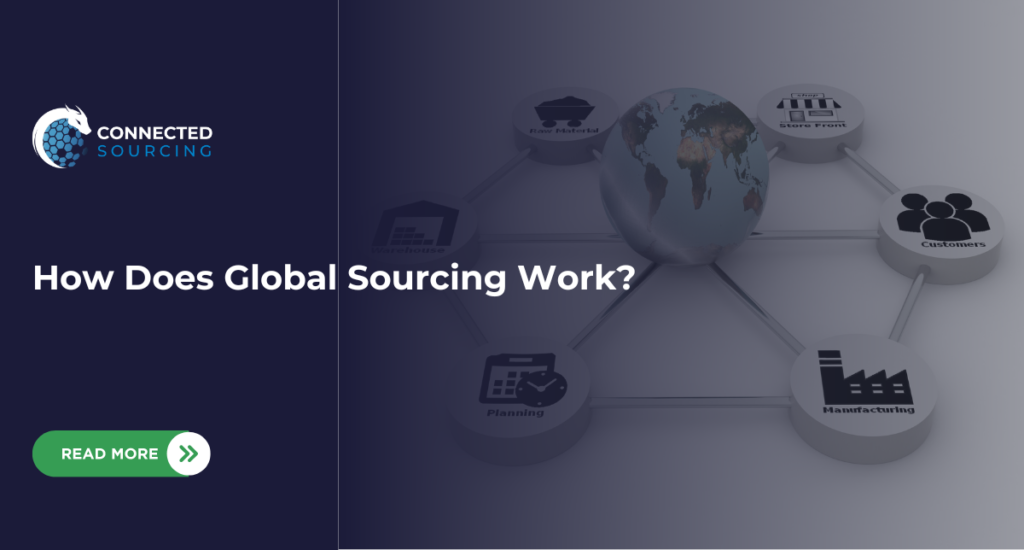
Global sourcing refers to the practice of procuring goods, services, or components from different countries or regions around the world to meet the needs of a business or organization. It involves identifying and engaging suppliers, manufacturers, or service providers in various countries to take advantage of their specific capabilities, resources, or cost advantages.
Here's a general overview of how global sourcing works:
1 Supplier identification: The first step in global sourcing is to identify potential suppliers in different countries. This can be done through market research, industry directories, trade shows, online platforms, or by leveraging the expertise of sourcing agents or consultants.
2 Supplier evaluation and selection: Once potential suppliers are identified, an evaluation process is conducted to assess their capabilities, quality standards, production capacity, financial stability, and overall suitability. This may involve conducting site visits, requesting samples or prototypes, reviewing certifications, and assessing the supplier’s reputation and track record.
3 Negotiation and contracting: After selecting suitable suppliers, the next step is to negotiate terms and conditions, including pricing, delivery schedules, quality requirements, intellectual property rights, and any other relevant contractual agreements. This stage requires effective communication, negotiation skills, and a thorough understanding of international trade regulations and customs procedures.
4 Logistics and transportation: Global sourcing involves managing the logistics and transportation of goods across international borders. This includes organizing shipping, freight forwarding, customs clearance, and complying with import/export regulations. Efficient coordination and documentation are crucial to ensure smooth movement of goods and minimize delays or disruptions.
5 Quality control: Implementing effective quality control measures is essential when sourcing globally. This may involve conducting inspections, audits, or quality assurance processes at various stages of production, ensuring that the goods or services meet the required specifications and standards.
6 Supply chain management: Global sourcing requires effective supply chain management to ensure a reliable flow of goods. This involves monitoring supplier performance, managing inventory levels, forecasting demand, and implementing strategies to mitigate risks, such as geopolitical, economic, or natural disasters that may impact the supply chain.
7 Cultural and language considerations: Global sourcing often involves working with suppliers from diverse cultural and linguistic backgrounds. Understanding and respecting cultural differences, establishing effective communication channels, and addressing language barriers are important for successful collaboration and building long-term relationships.
8 Continuous improvement and optimization: Once the sourcing process is established, organizations strive to optimize their global sourcing strategies continually. This may involve identifying new sourcing opportunities, evaluating supplier performance, leveraging technological advancements, and adapting to changing market dynamics to enhance competitiveness and achieve cost savings.
Overall, global sourcing allows organizations to access a broader range of suppliers, tap into specialized capabilities, achieve cost efficiencies, and diversify supply chain risks. However, it also presents challenges such as cultural differences, logistical complexities, and regulatory compliance, which require careful management and strategic decision-making.
Want to know more about Global Sourcing in Connected Sourcing? Call us now!





















